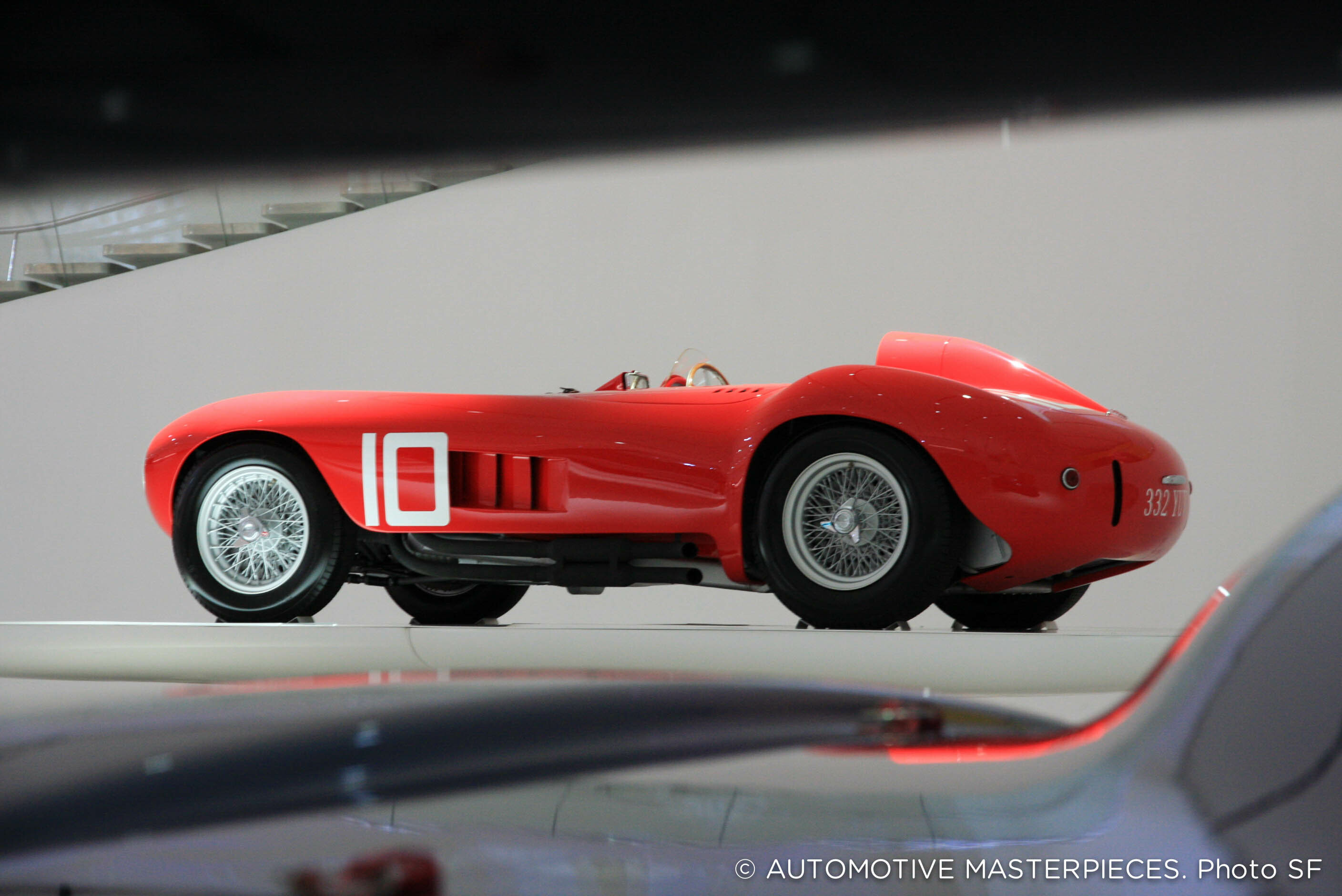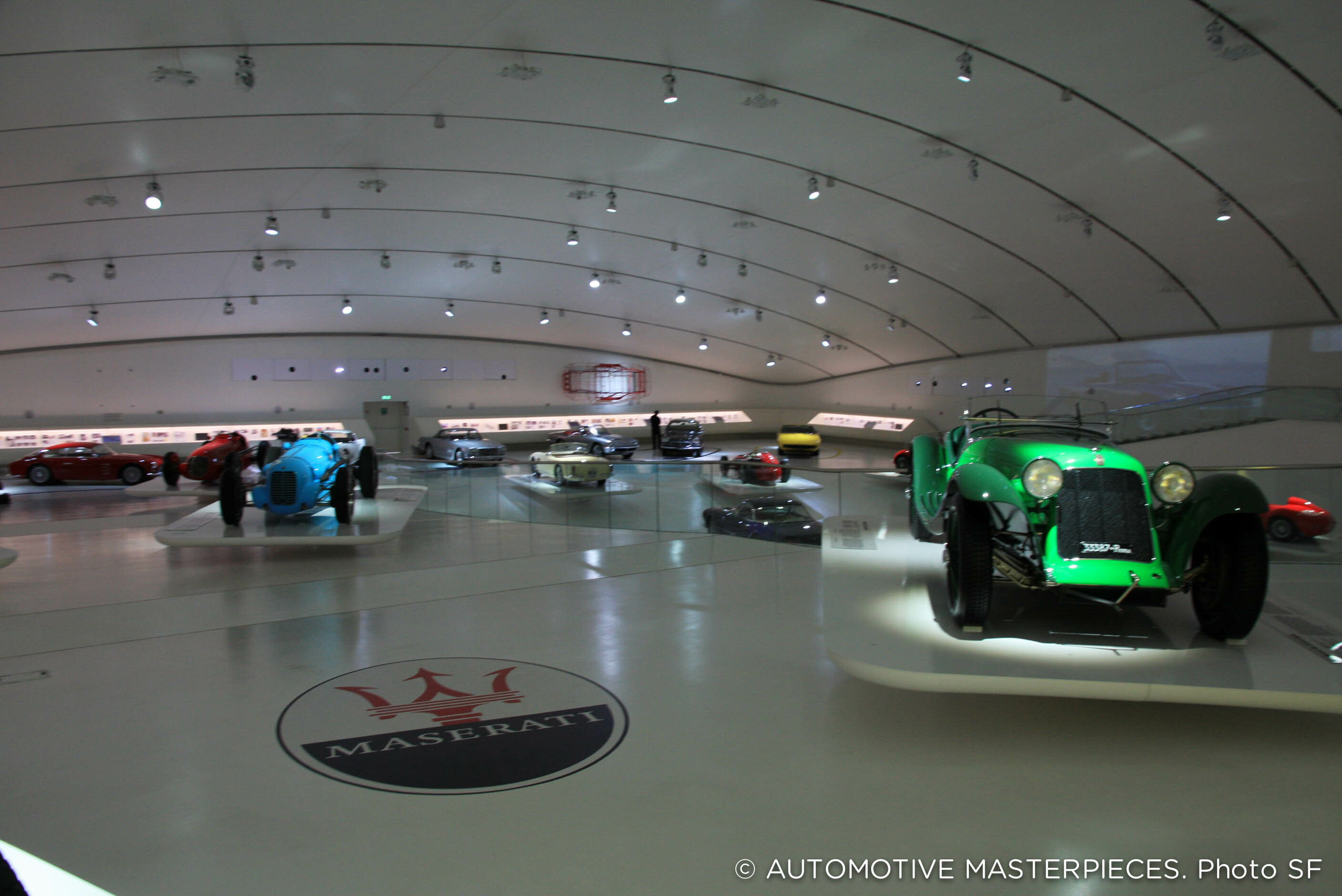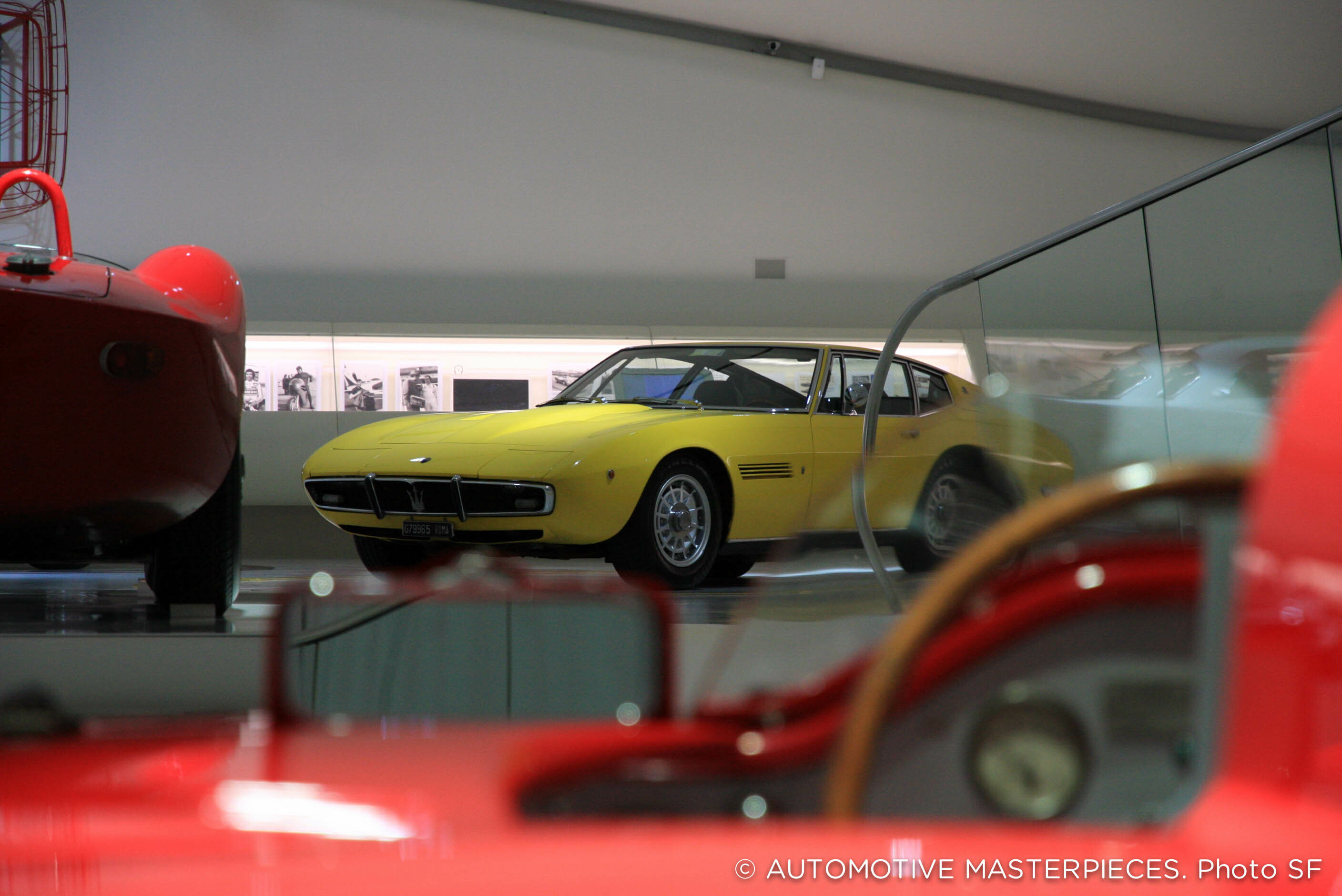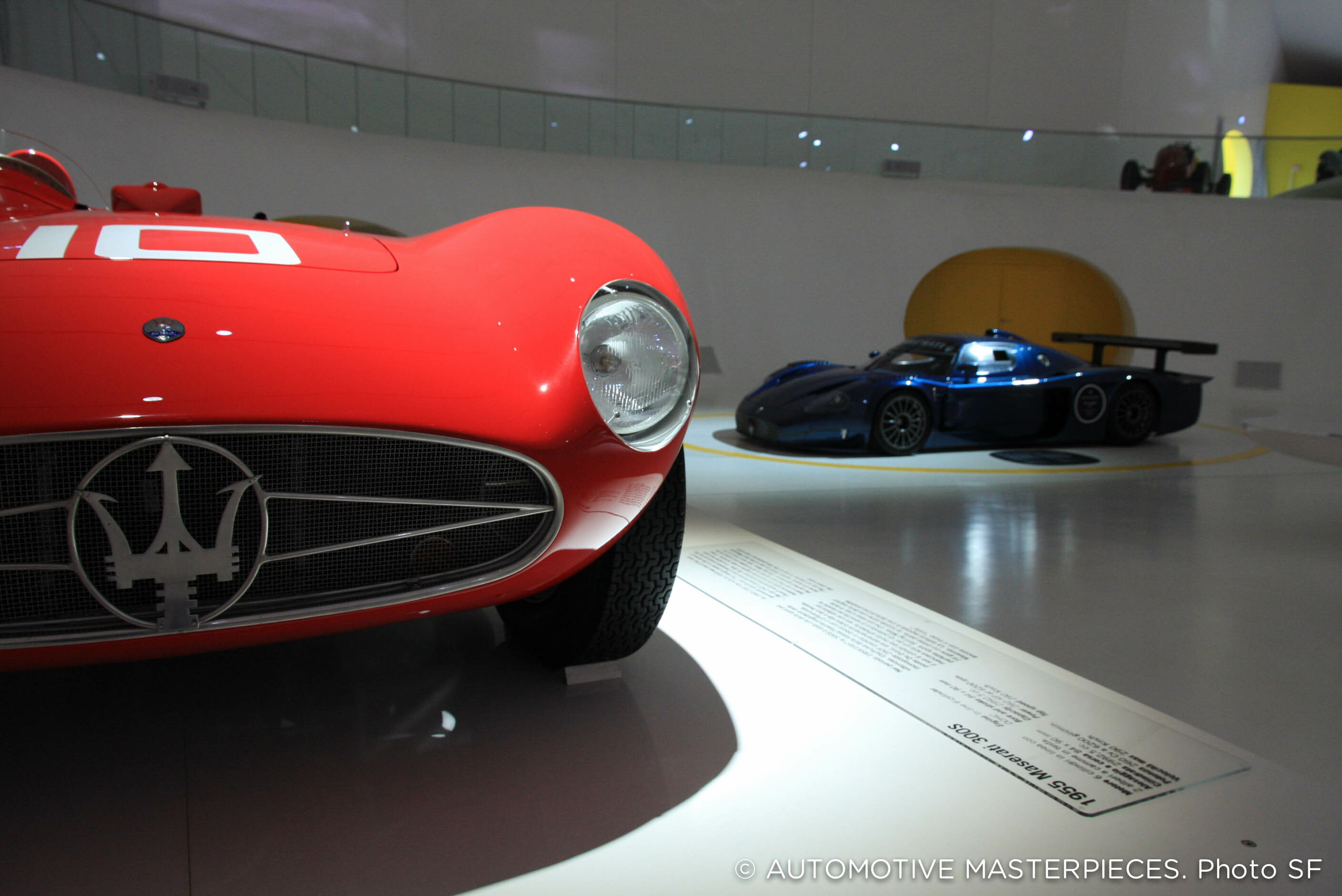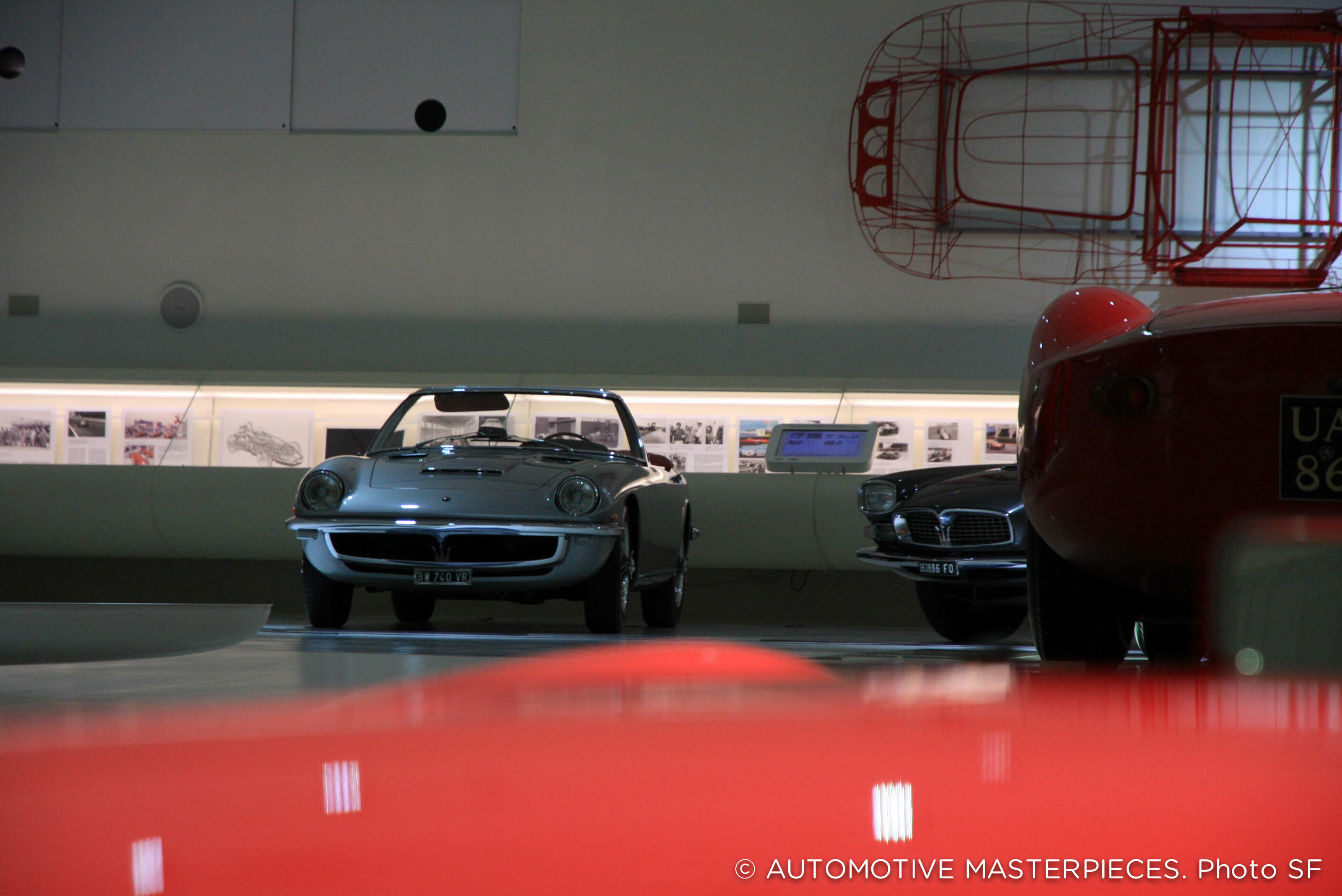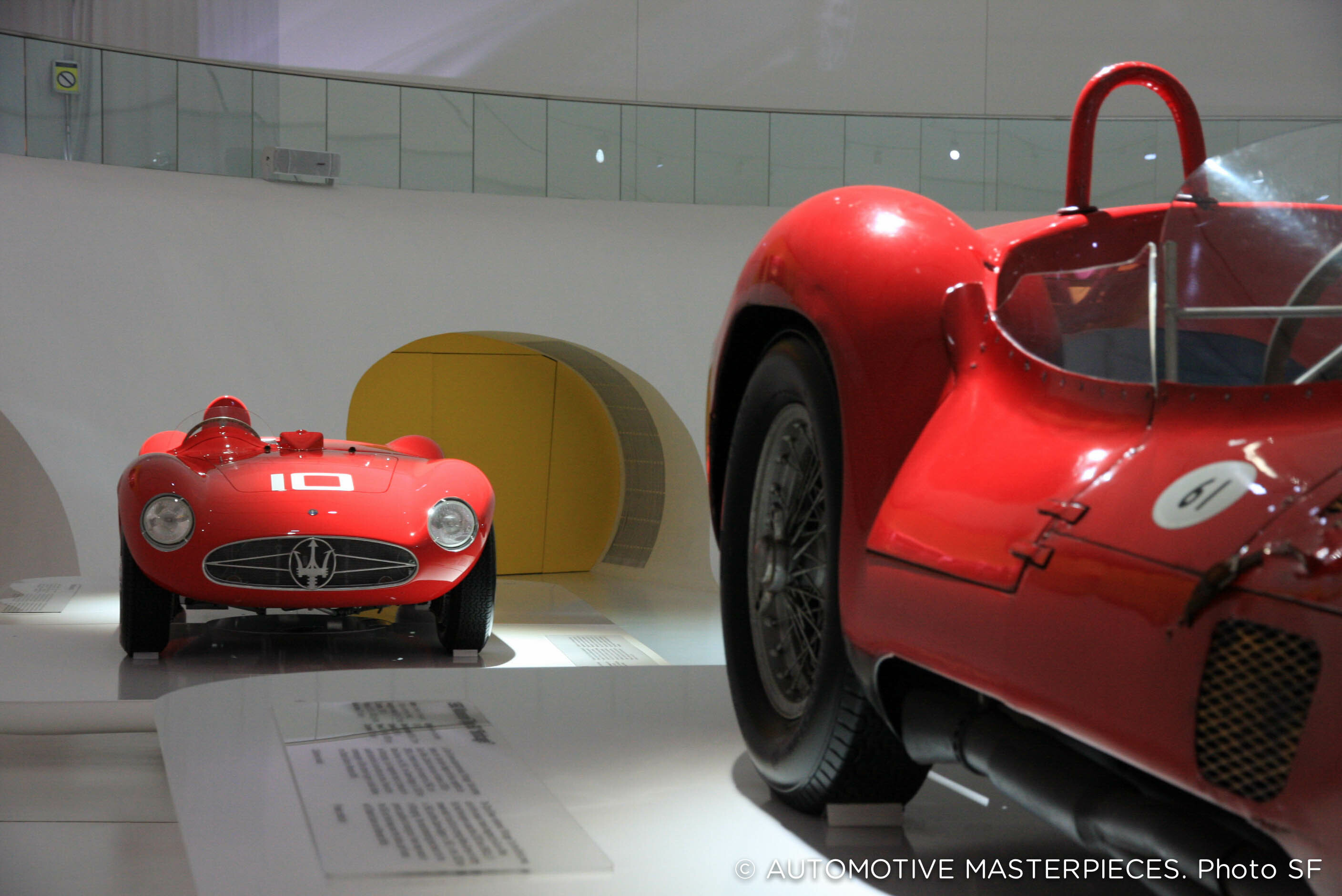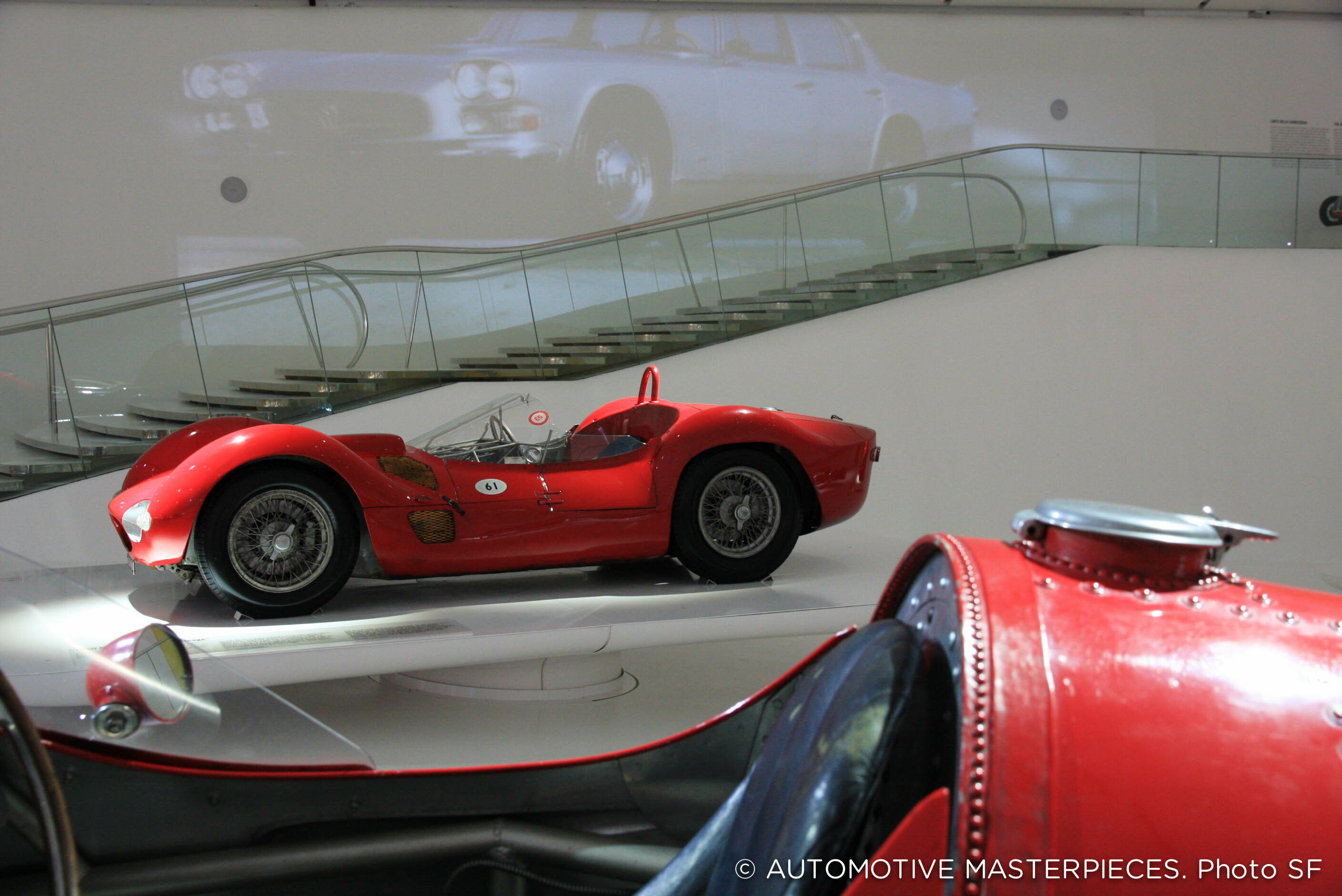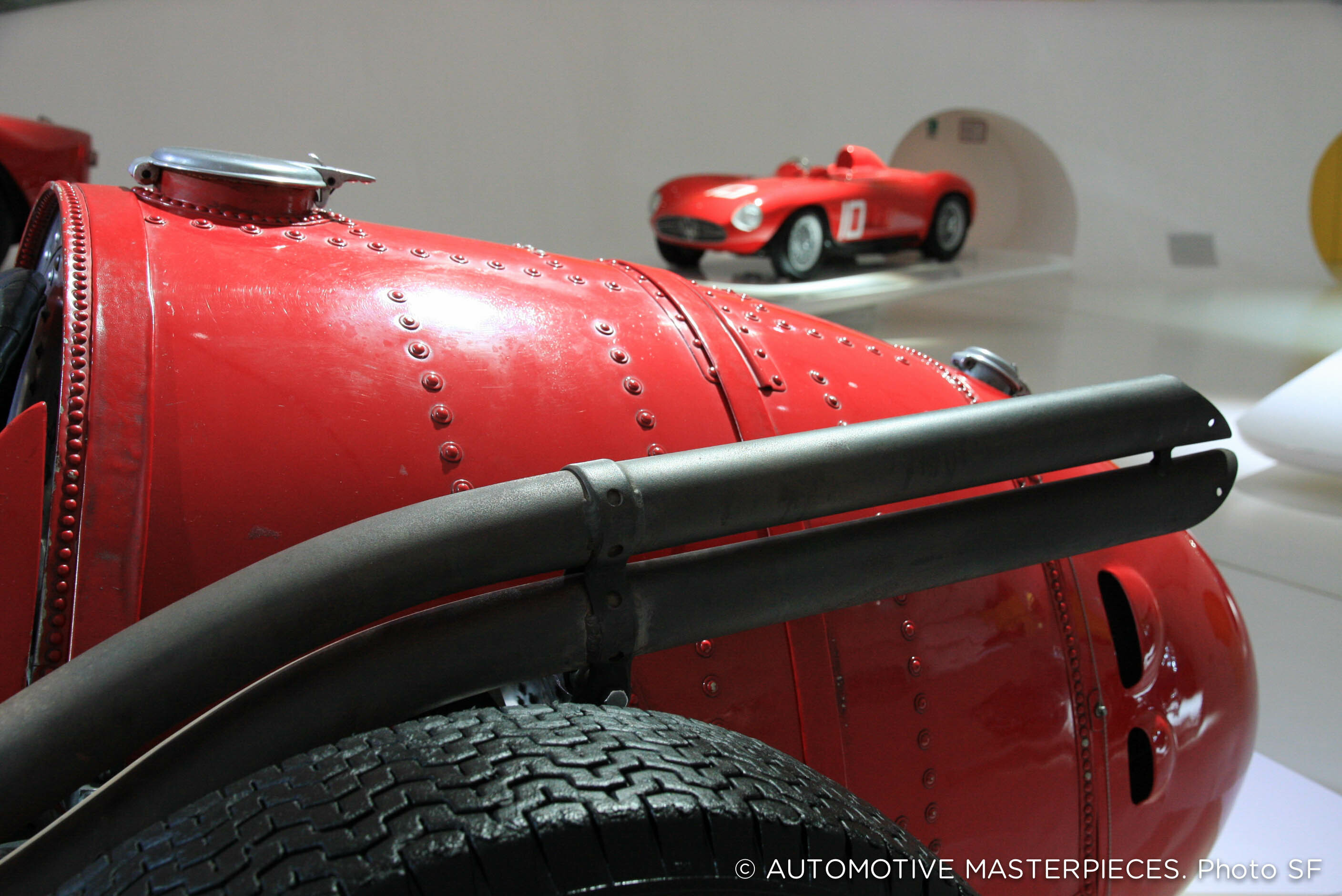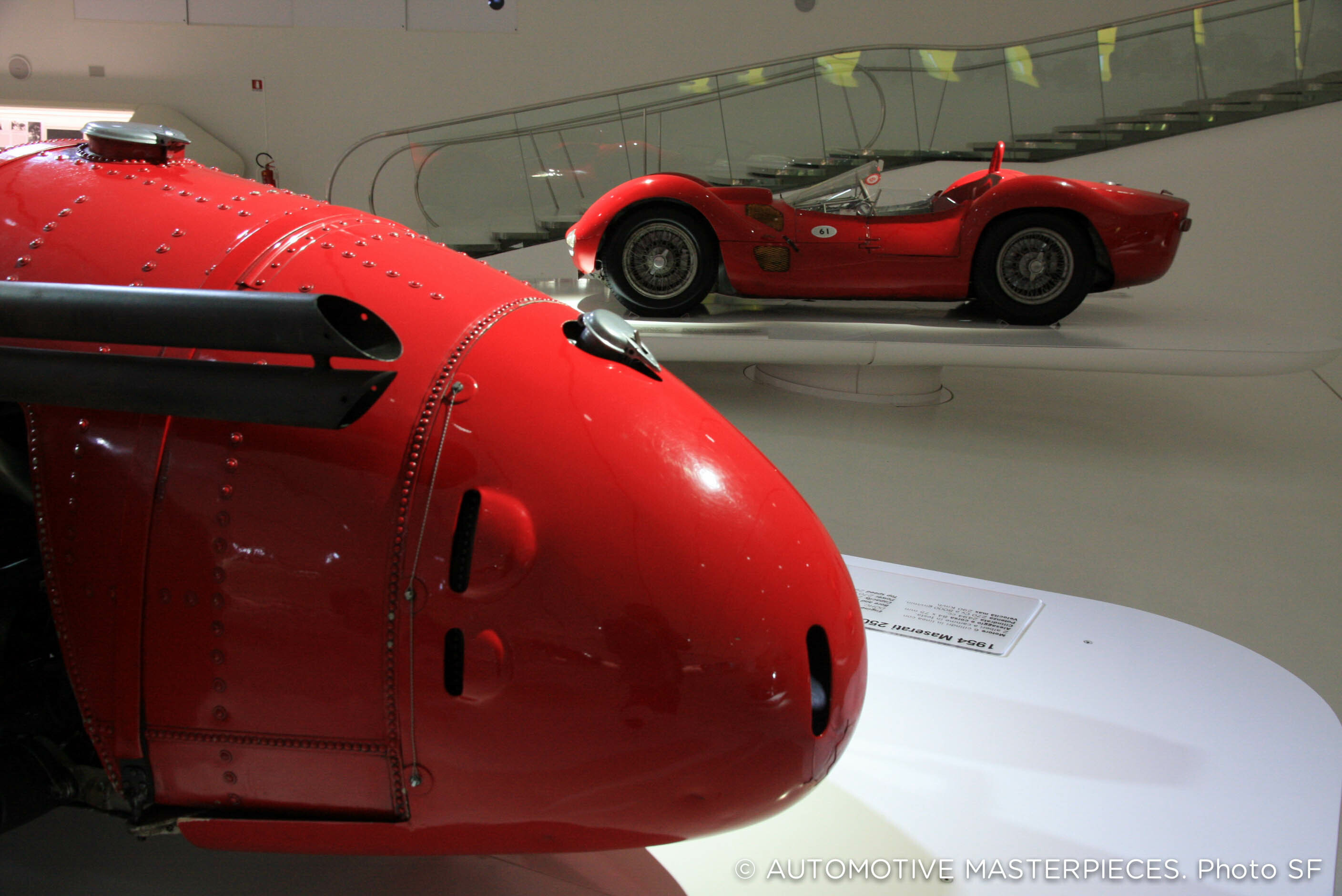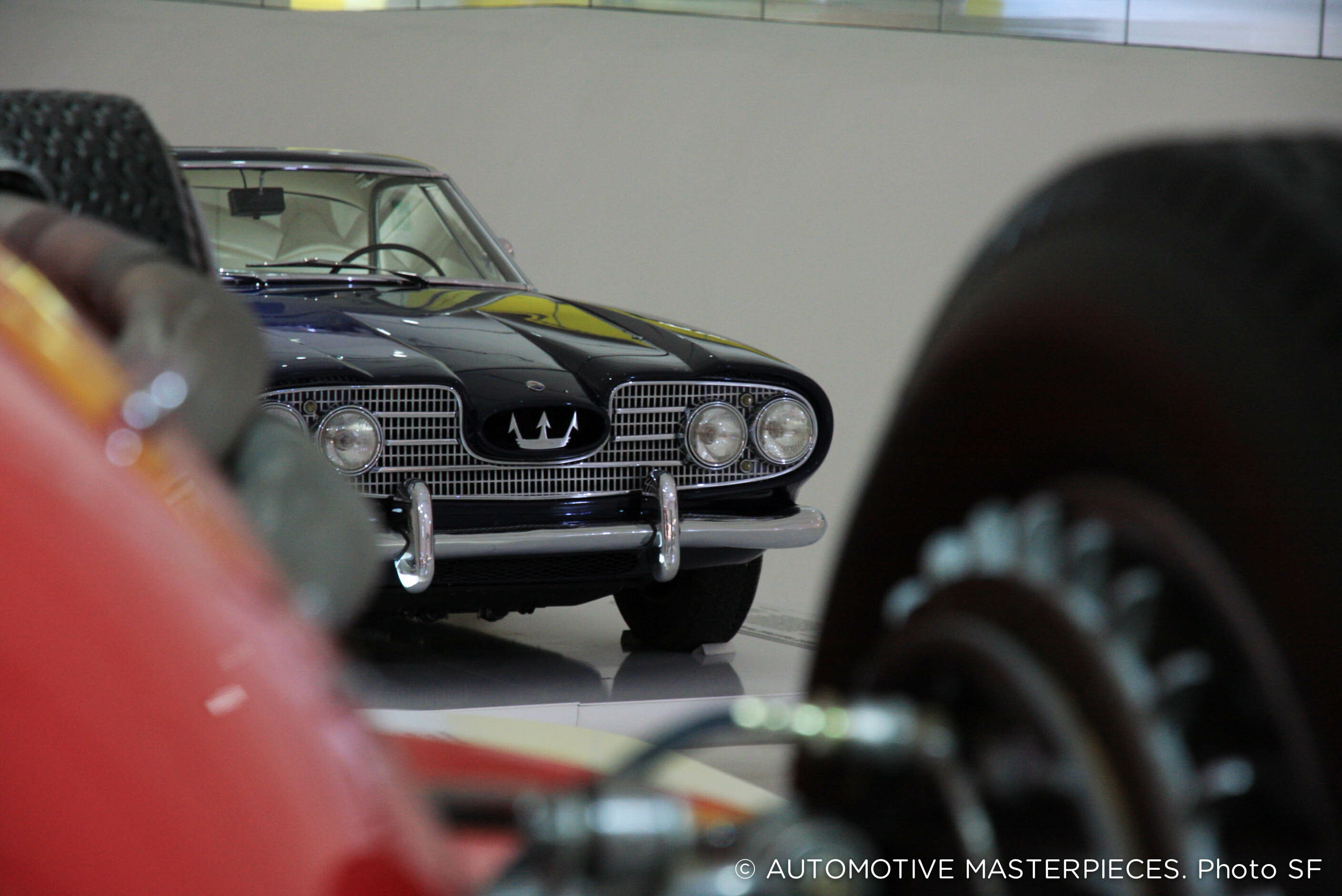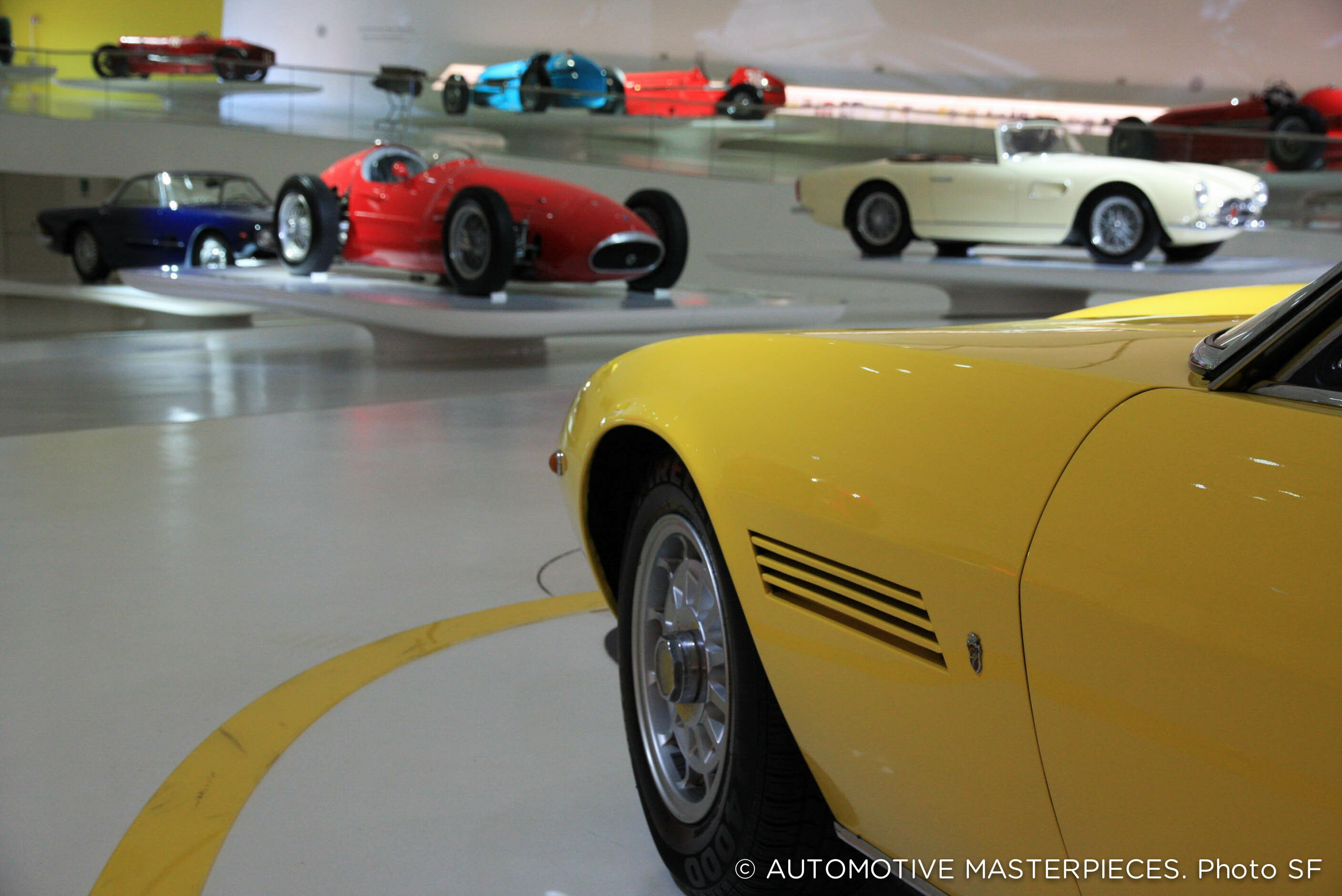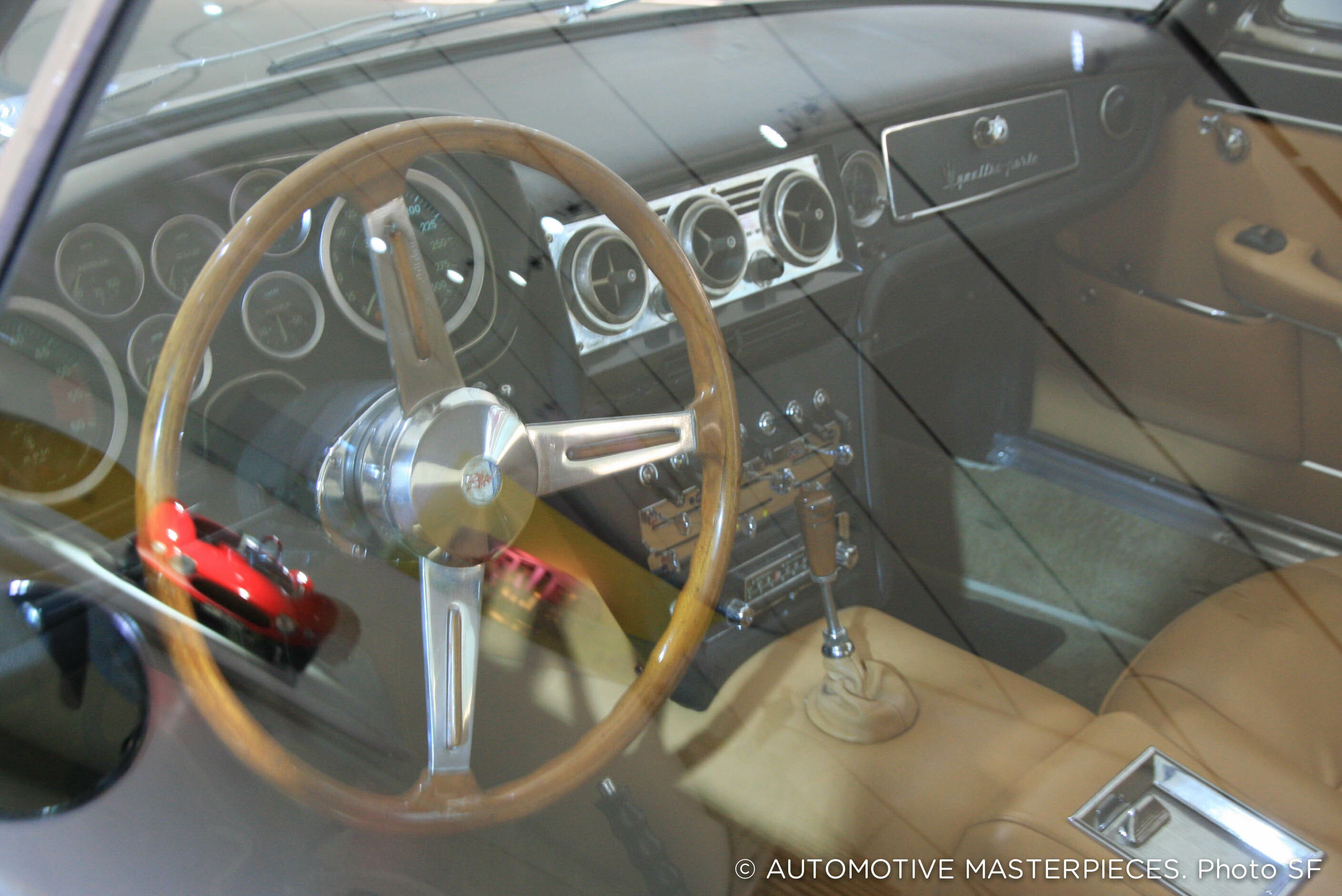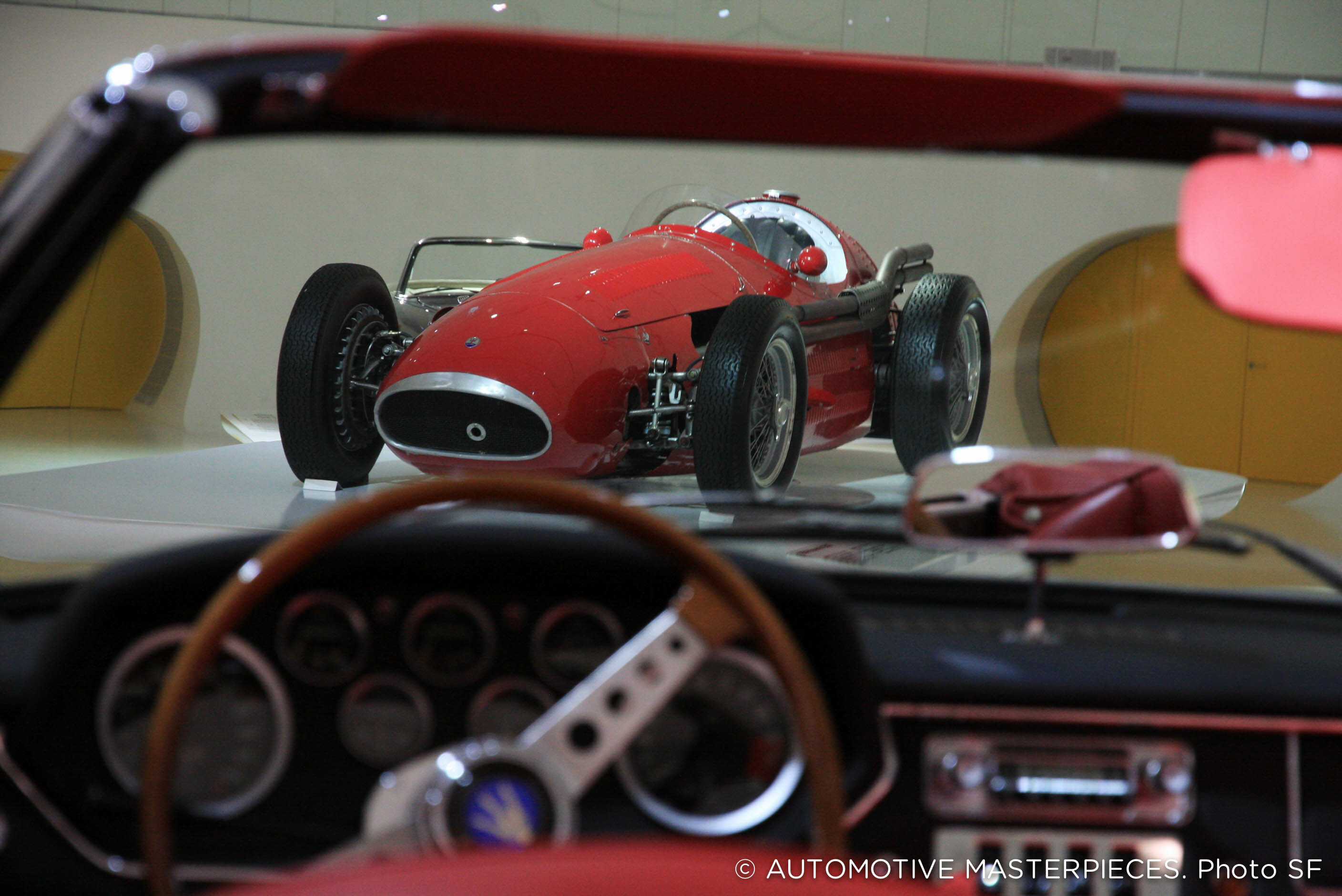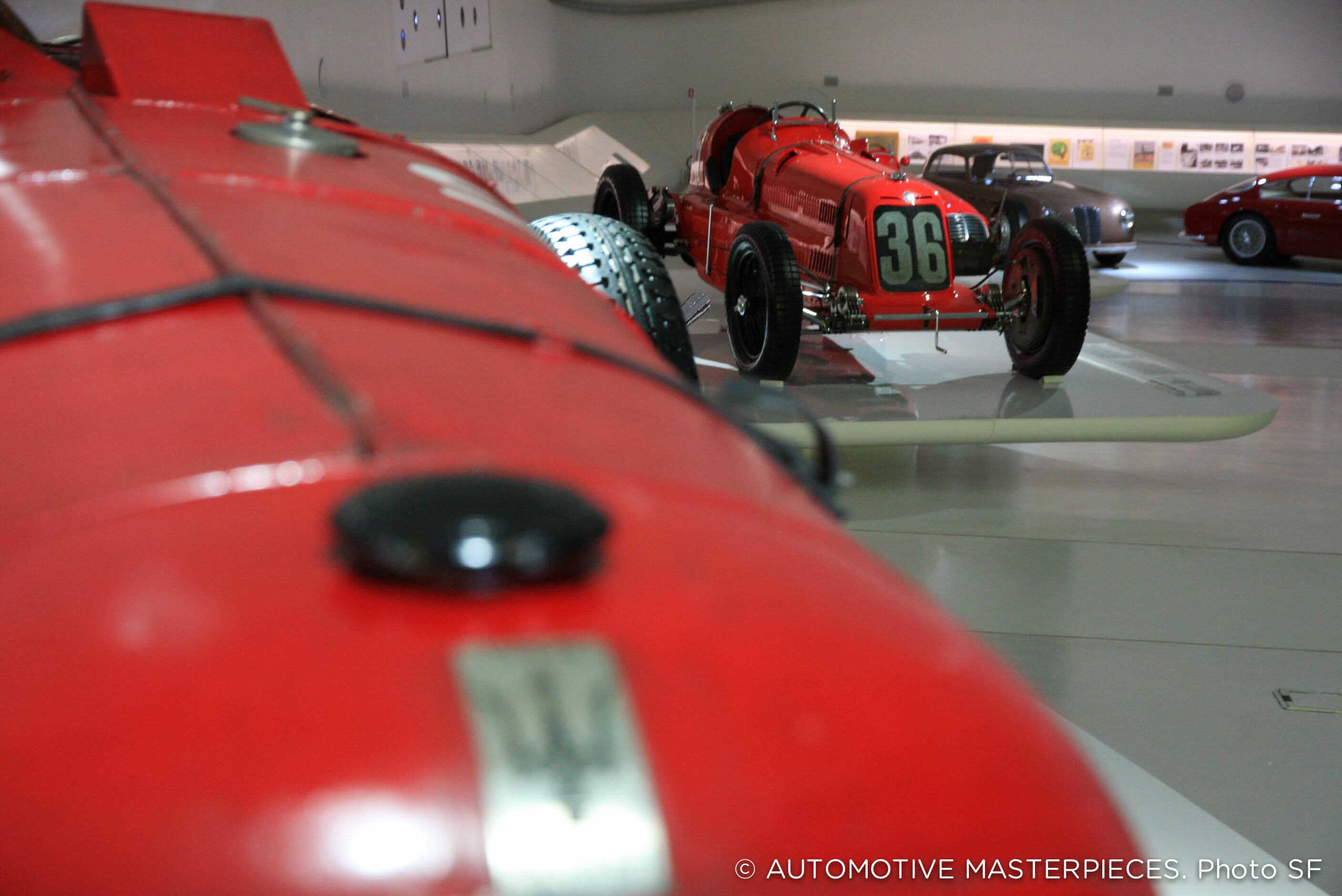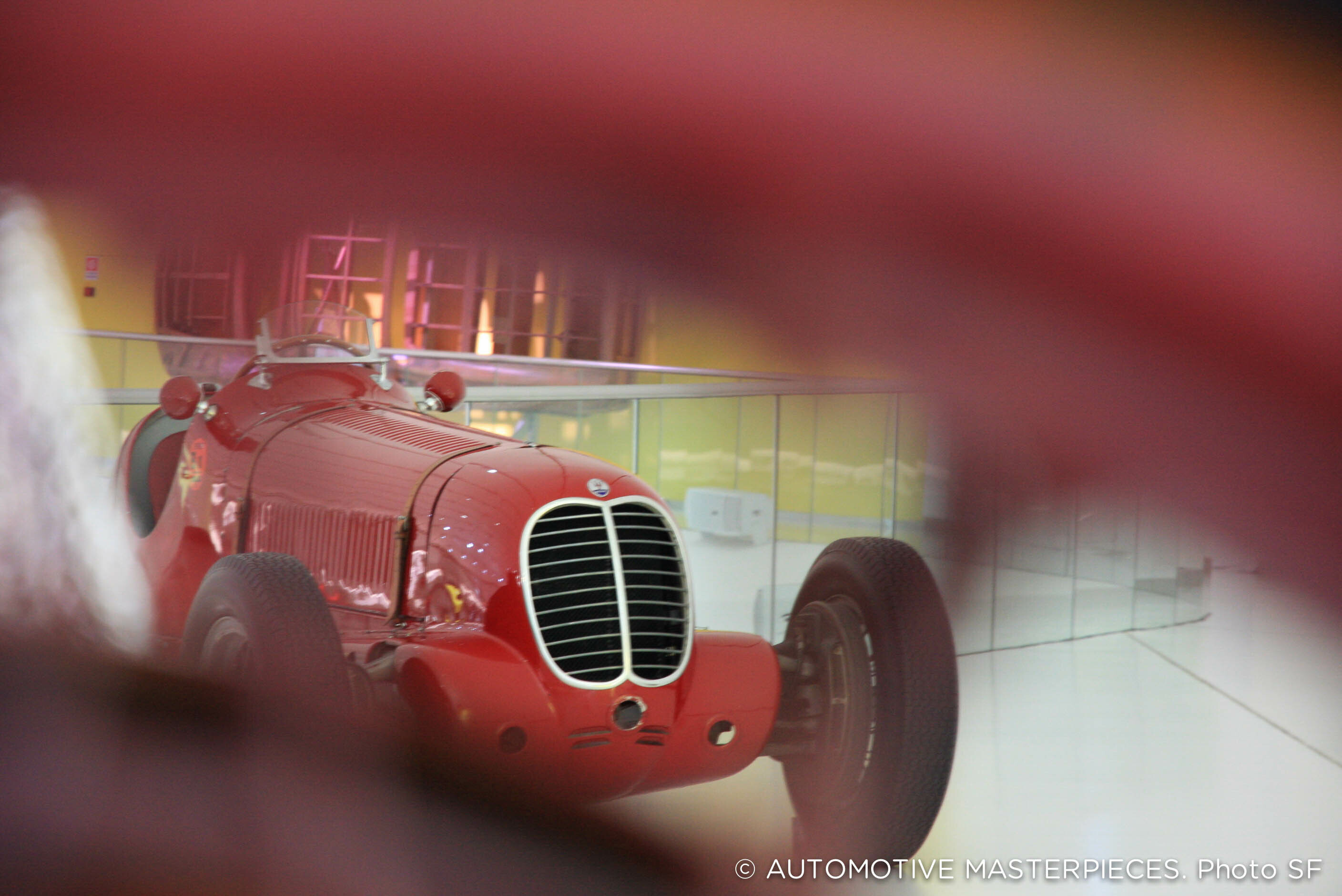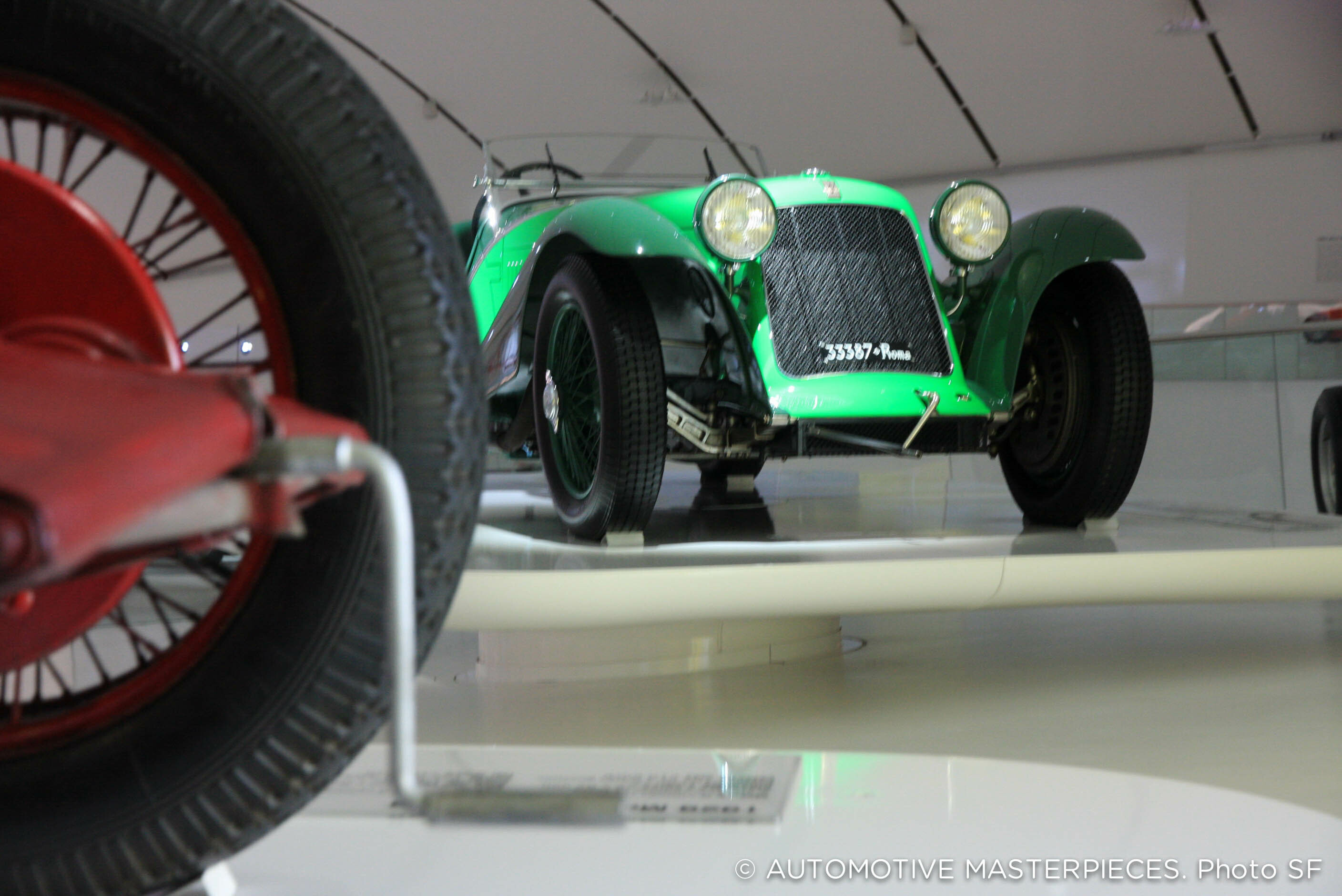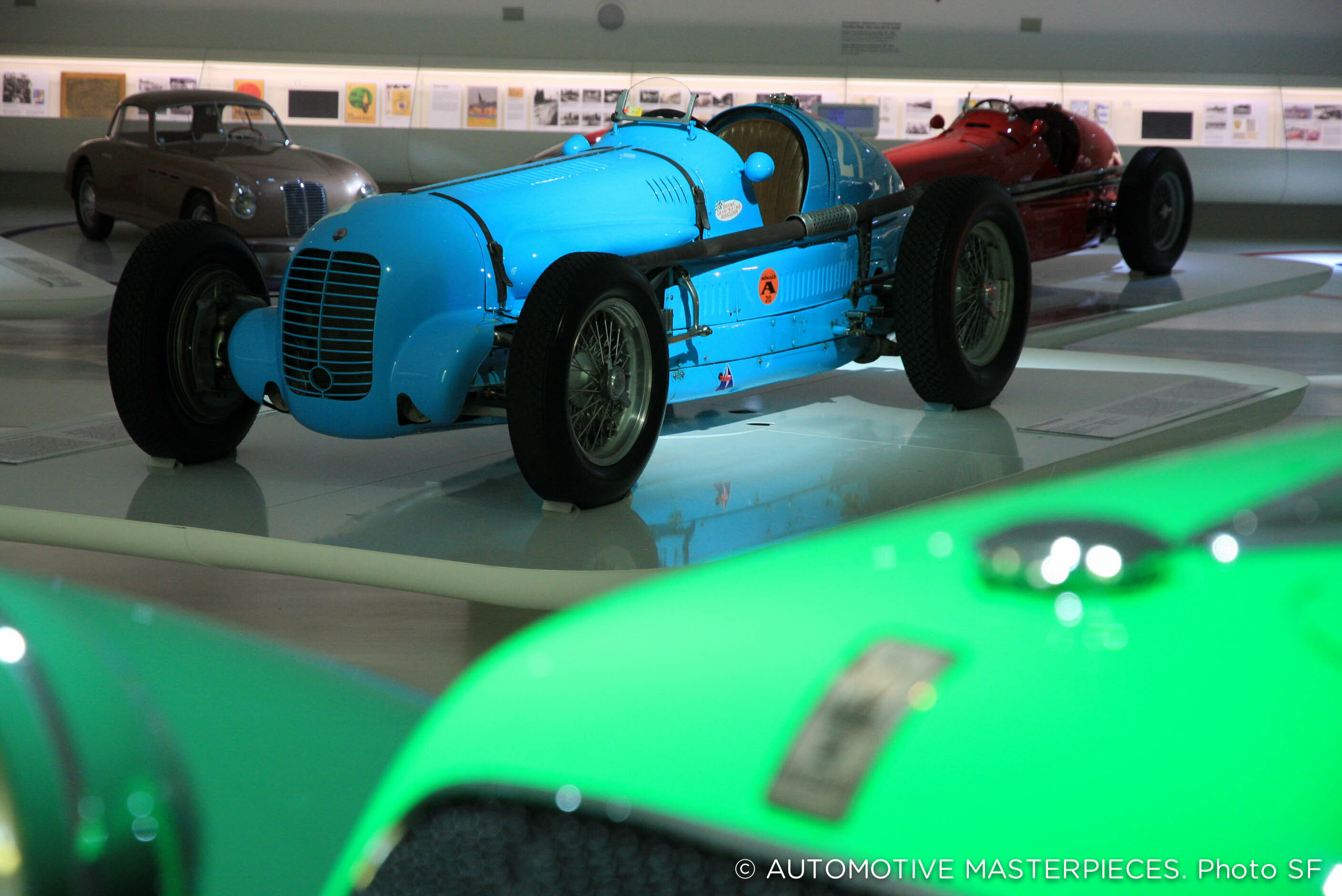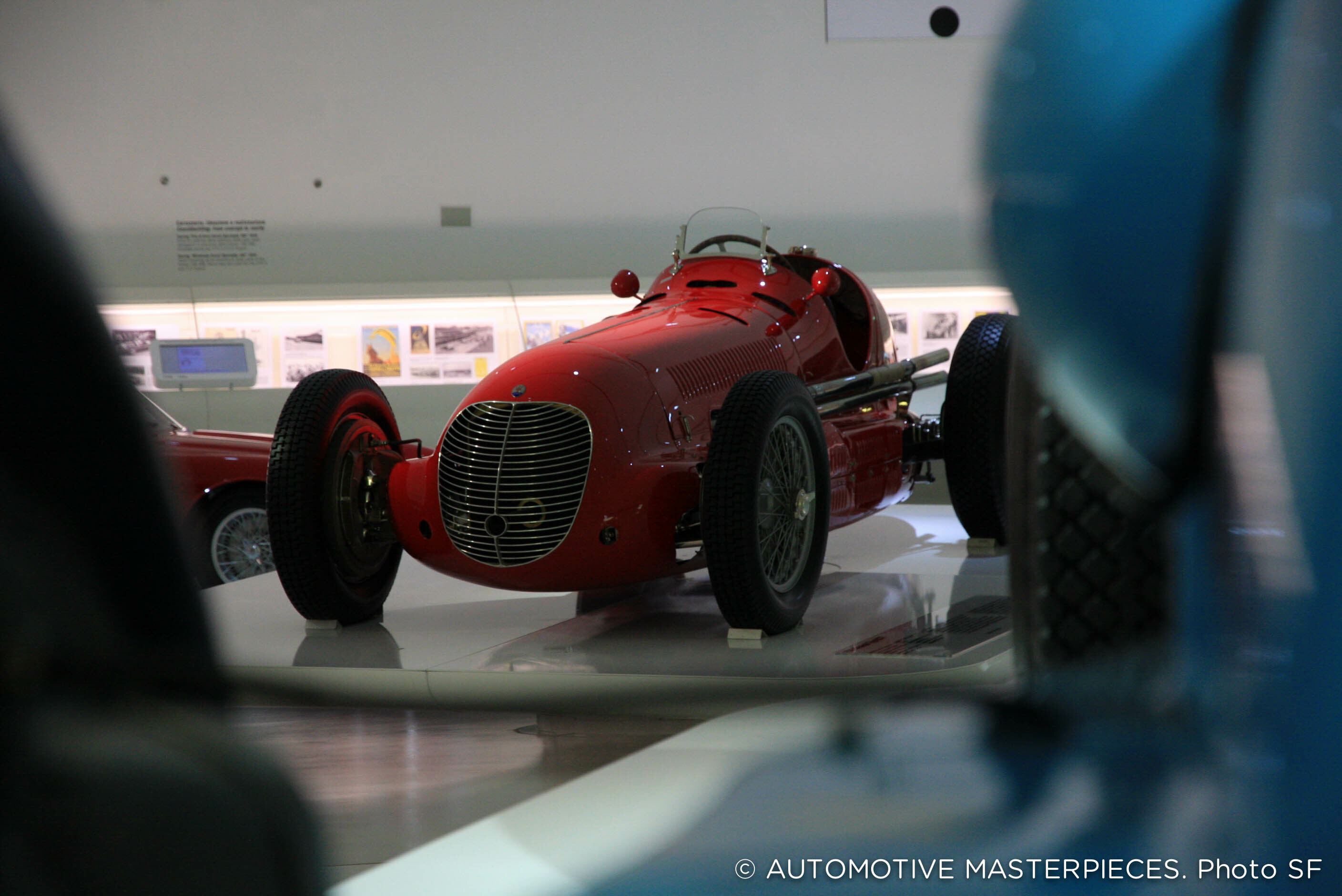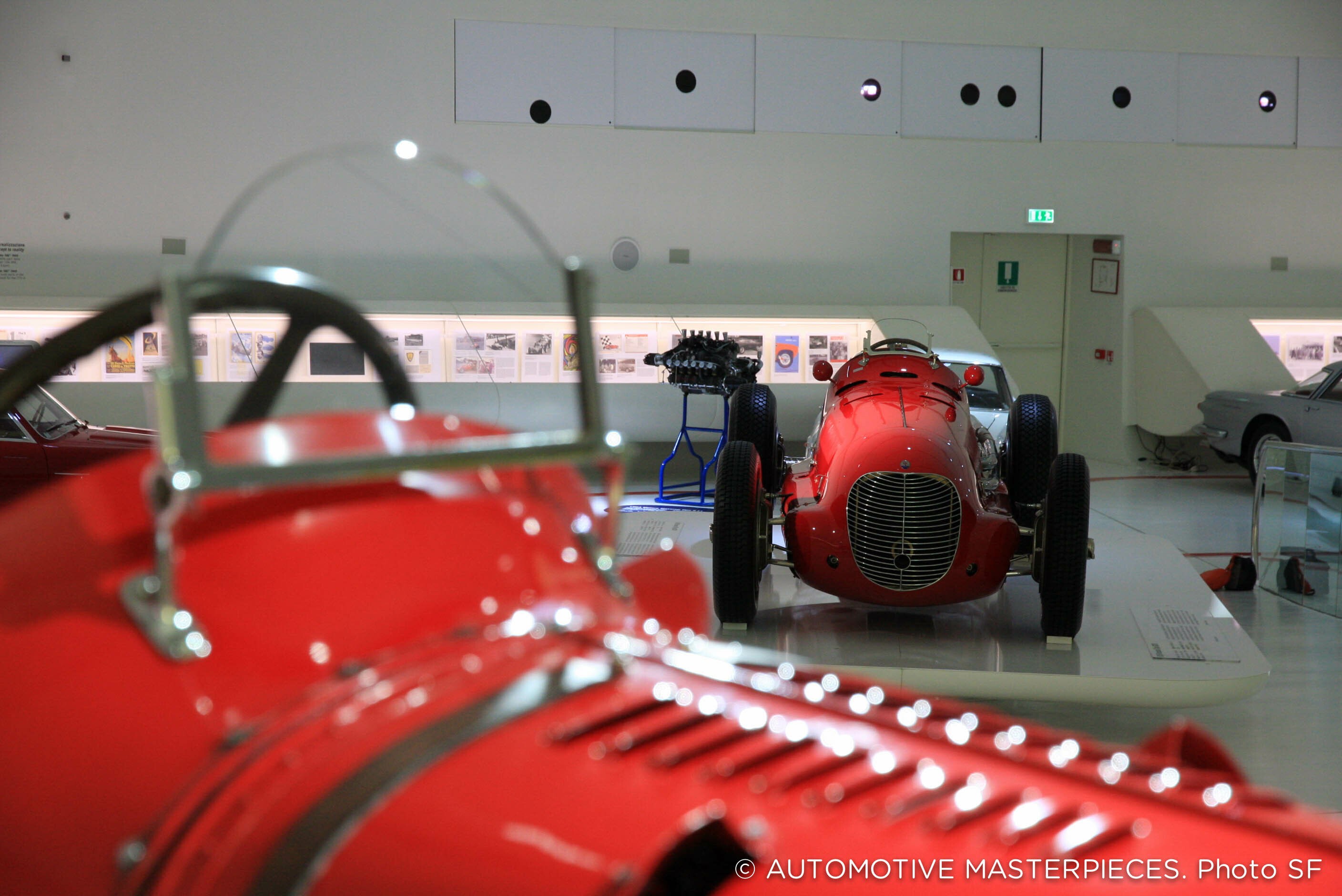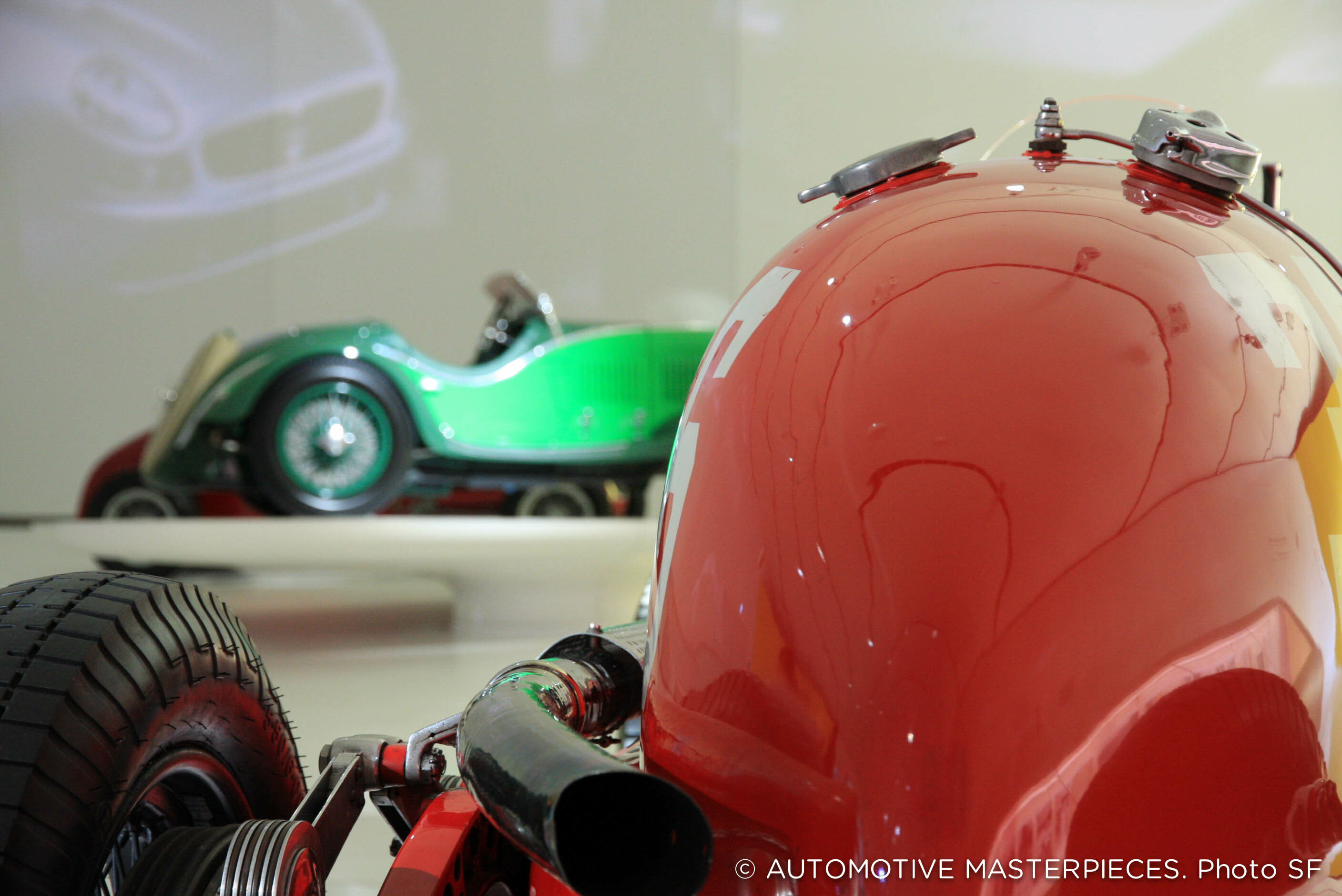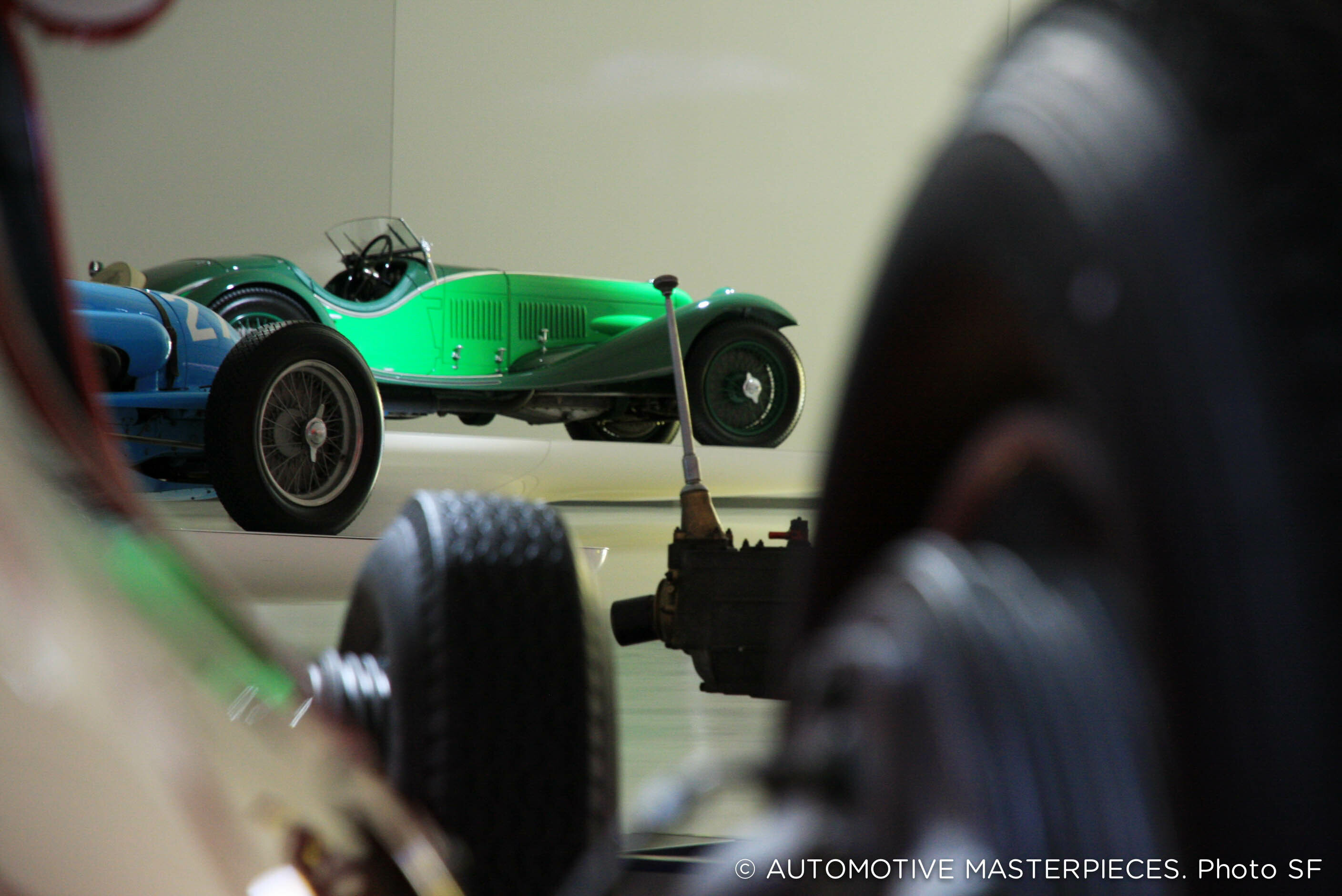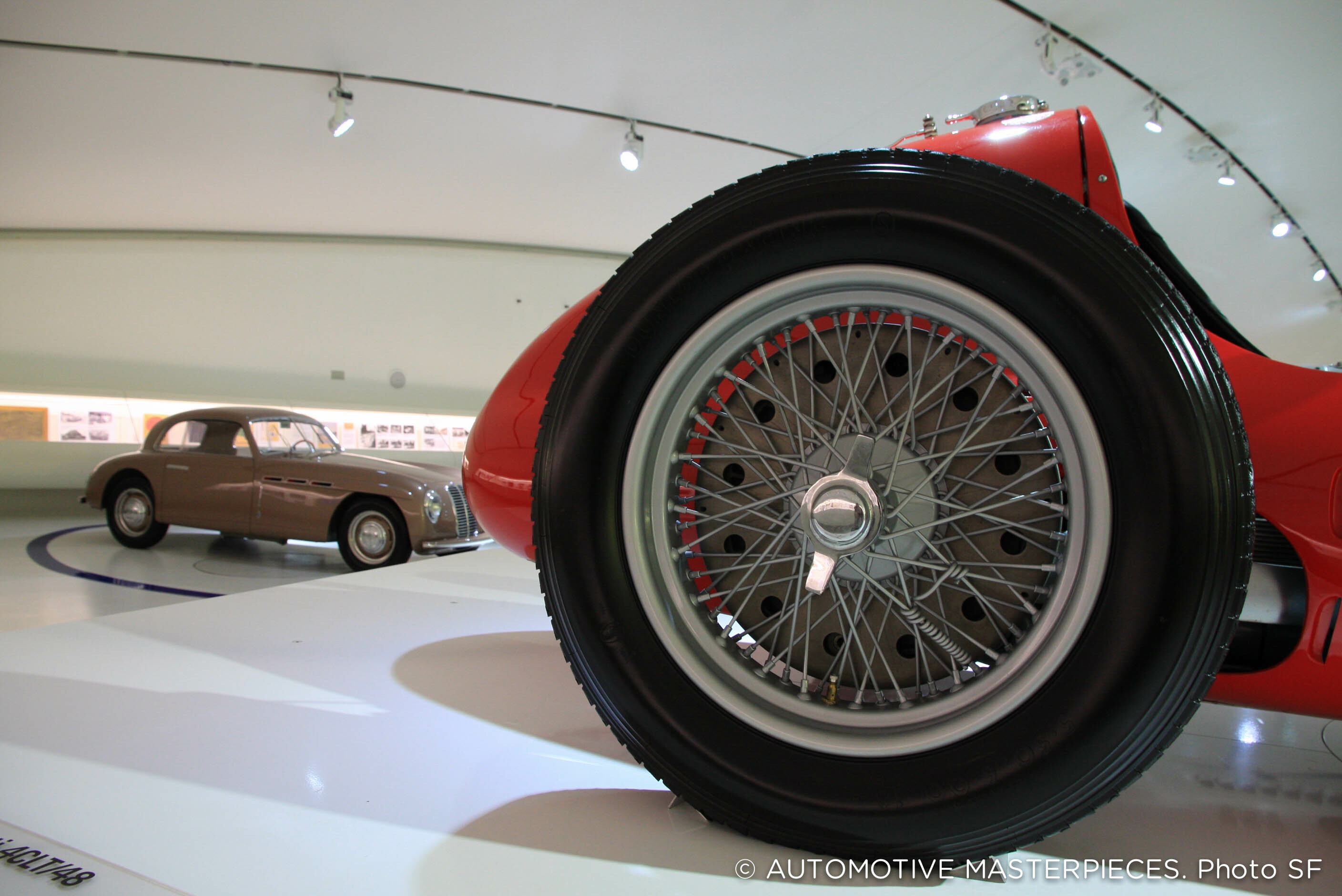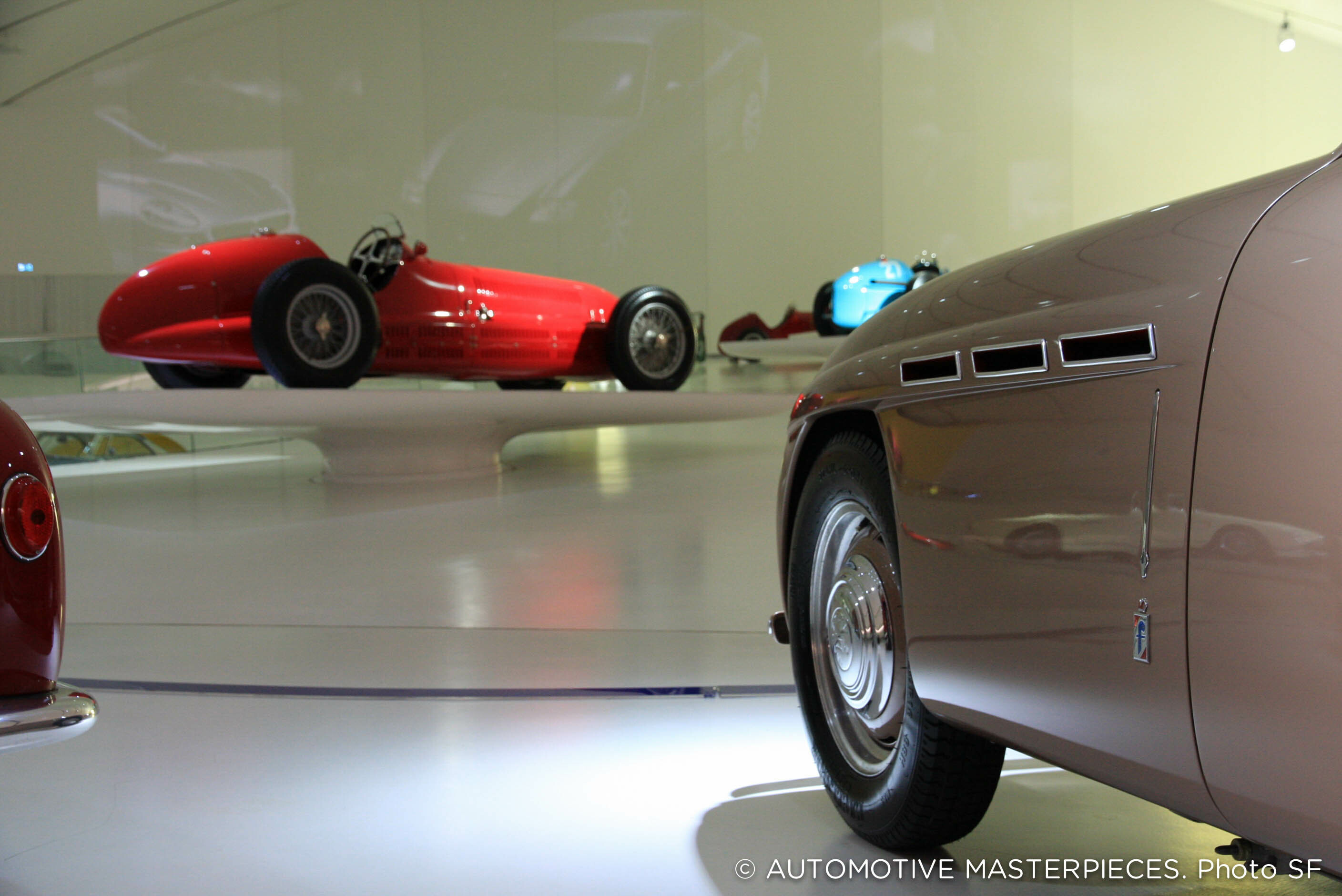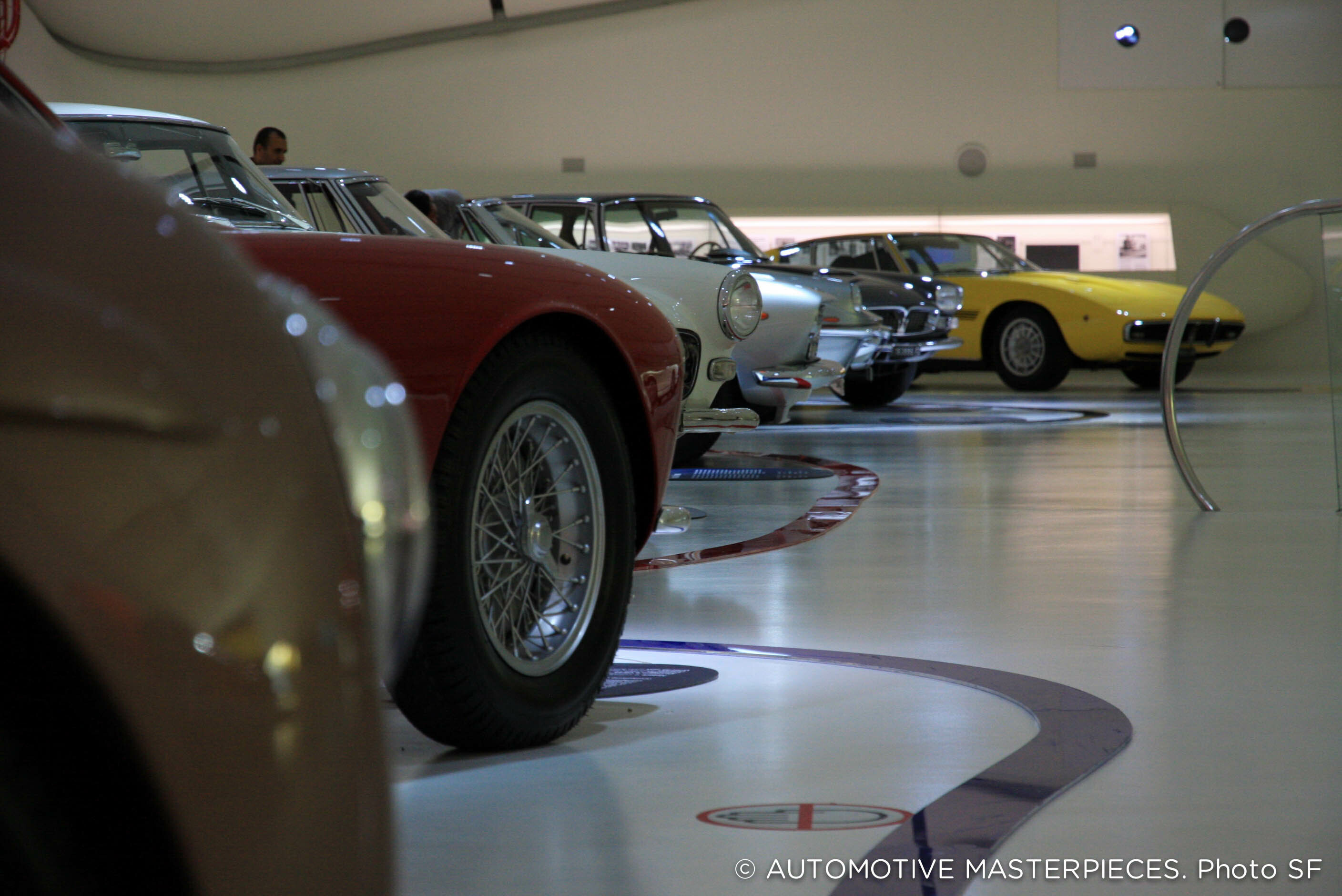
A Tribute to the Centennial of Maserati at the spectacular Enzo Ferrari Museum (MEF)
January 29, 2015
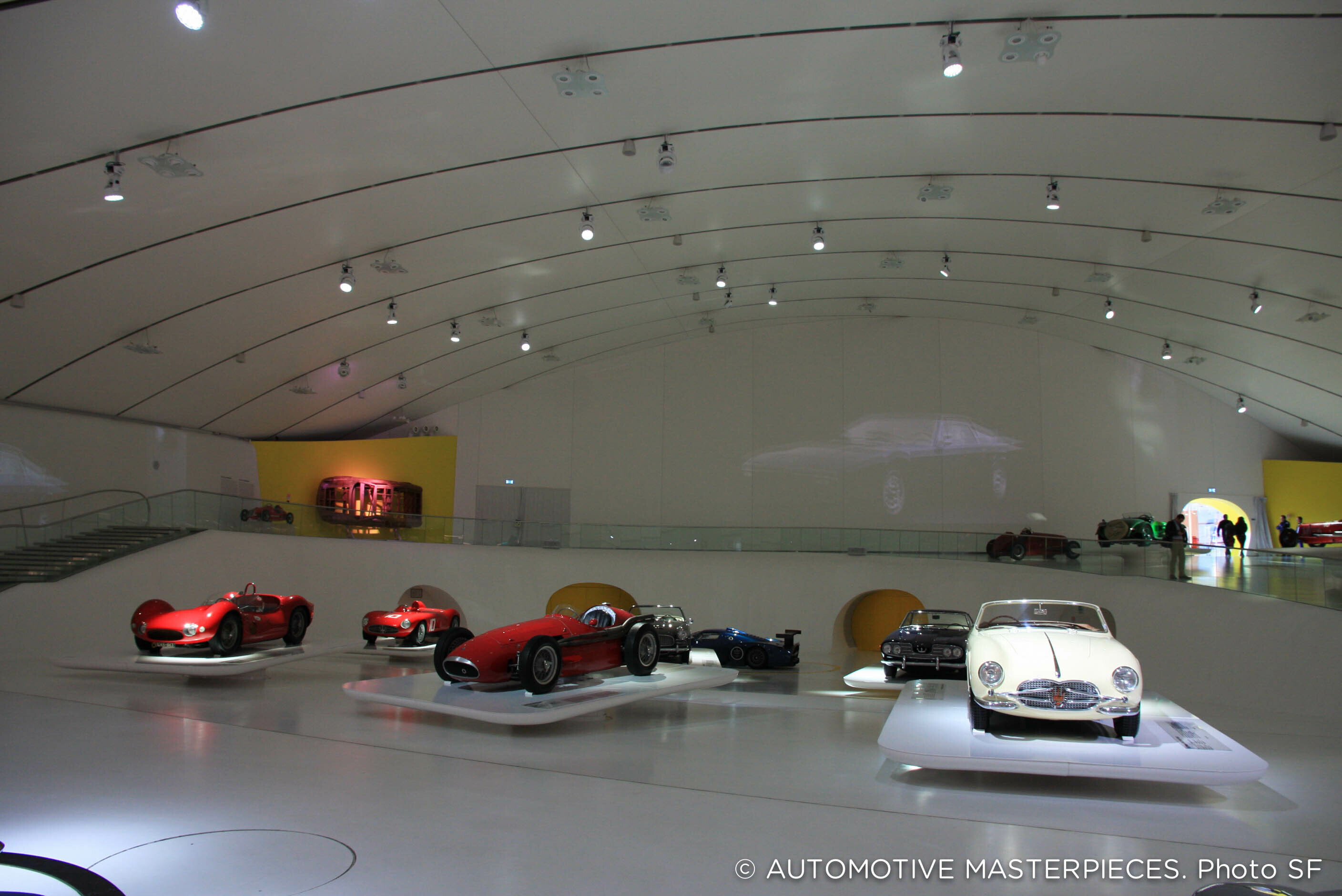
A unique exhibition dedicated to the Centennial of Maserati was organized in Modena. MASERATI 100 - A Century of Pure Italian Luxury Sports Cars retraces the story of the Italian car manufacturer through an exhibition featuring some of the Trident marque’s most significant road and racing cars, plus a highly engaging show employing 19 projectors, enabling visitors to relive the most significant moments in the history of Maserati and to learn about the individuals who shaped its history. Considering the historic value of the models exhibited, this is the greatest exhibition of Maserati cars ever staged anywhere in the world.
The curator of the exhibition is Adolfo Orsi jr., grandson and son of Adolfo and Omer Orsi, owners of Maserati between 1937 and 1967.
Twenty-one Maseratis were on display from June 2014 up again for a few days.
The choice of which cars to exhibit fell to the exhibition curator, Adolfo Orsi, who explained his selection criteria: “In the difficult choice between the countless models, both racing and road-going, that have shaped the long history of Maserati, I tried to imagine “the dream-garage” of every car enthusiast, selecting not only the best in terms of engineering and style, but also the most important and historically significant examples of each model”.
The Maserati exhibition encapsulates the two spirits of the company: the initial “sports” vocation that characterised the period from the early 1920s until the end of the 1950s, followed by a shift in focus to road-going models, a period that testified to the company's coming-of-age as a car manufacturer.
Among the highlights of the exhibition are cars like the Tipo 26, the first car to sport the Maserati marque; and the V4 Sport Zagato, which set the world speed record in 1929 driven by Baconin Borzacchini. It was re-bodied in 1934 by Zagato.
The exhibition would not have been complete, of course, without the legendary Maserati 250 F - winner of the Formula 1 World Championship with Juan Manuel Fangio in 1954 and in 1957, the year when the Argentine ace triumphed after a fantastic comeback in the epic German Grand Prix at the Nürburgring circuit. A phenomenal Formula One that helped build the legendary reputation Maserati enjoyed in the 1950s.
Stirling Moss drove this particular racing car to some of his greatest ever victories, for example in the Italian and Monaco Grand Prix races of 1956. And of course it would be unforgivable not to mention the Tipo 60 “Birdcage”, another of the cars driven by Moss. This famous two-seater sports racing car with front-mounted engine, an ingenious Italian response to ever-evolving chassis for racing cars, was produced by welding together dozens of slender metal tubes to guarantee a rigid yet lightweight chassis. Used on the track by a number of private racing teams, it brought fame and prestige to Maserati with numerous wins from 1959. The car exhibited is normally displayed at Collezione Umberto Panini.
The road cars on show include one model which, although produced only in limited numbers and still in a rather artisan manner, constituted Maserati's first road car: the A6 1500 of 1947 bodied by Pinin Farina and built around a racing engine. This was a first attempt, a sort of general rehearsal, which hinted at the future of the Modena company.
♦️ 1947 Maserati A6 1500 sn 053
The car is part of the collection of the Museo Nicolis.
Taking a chronological leap forward, we find the 3500 GT of 1957: the first granturismo. This was the forerunner to other important Maserati coupé and spider models destined to earn a place in the automobile history books. And then there is the first series of the “world's fastest saloon,” the Quattroporte of 1965 once owned by Italian actor and Federico Fellini favourite Marcello Mastroianni.
